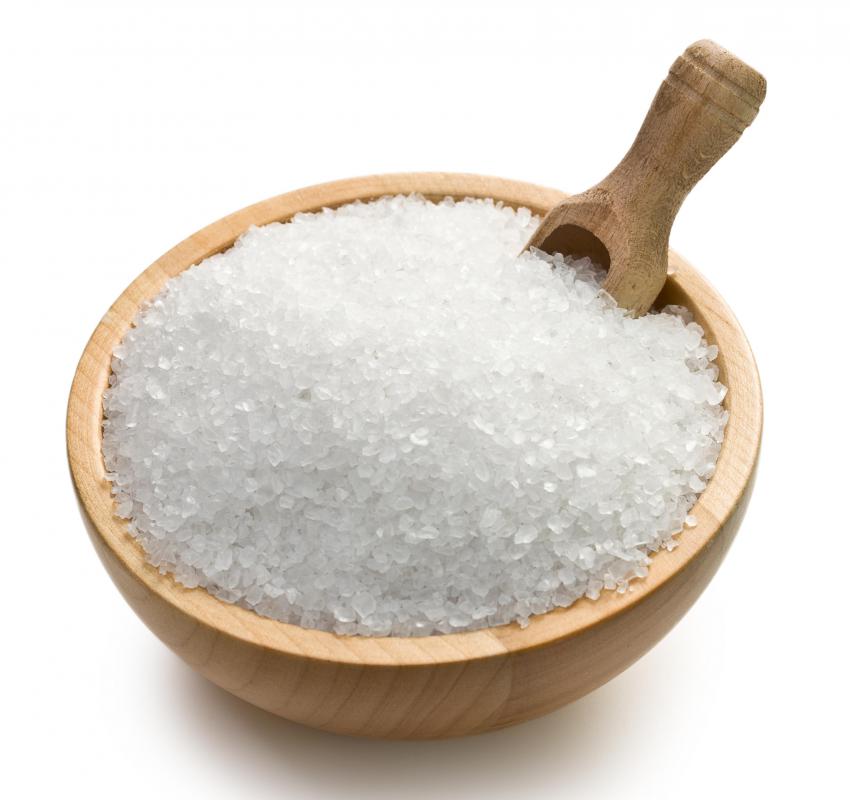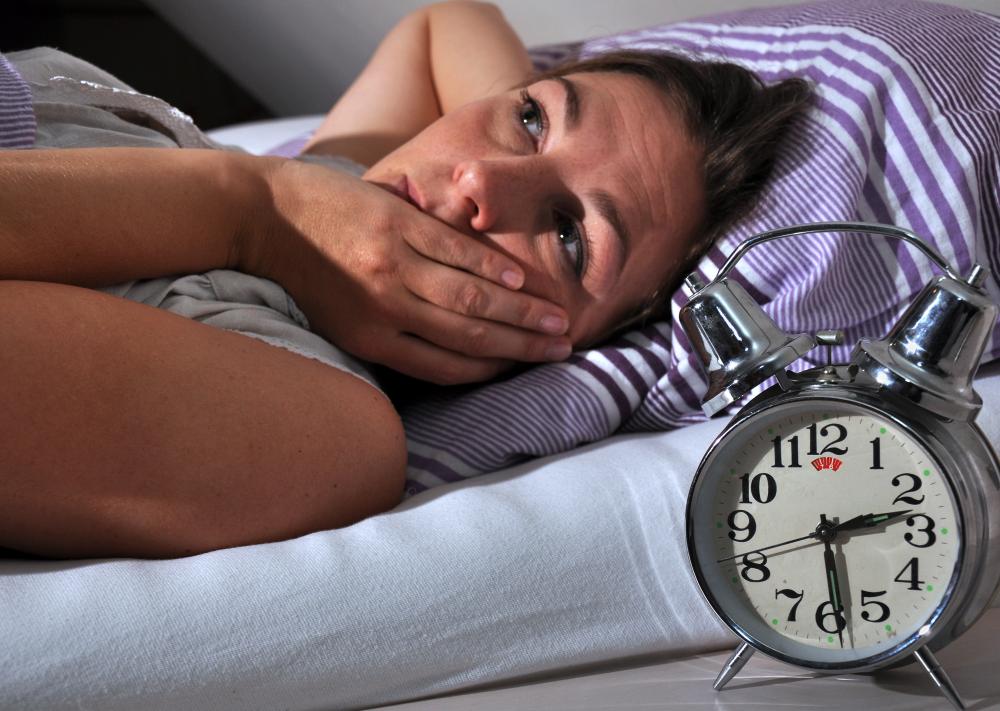At WiseGEEK, we're committed to delivering accurate, trustworthy information. Our expert-authored content is rigorously fact-checked and sourced from credible authorities. Discover how we uphold the highest standards in providing you with reliable knowledge.
What are Therapeutic Baths?
Therapeutic baths are baths which are designed to provide some sort of health benefit. They take a number of forms, from hot water soaks which include medicinal herbs to Jacuzzis with jets which are designed to massage aching muscles. Many cultures have incorporated therapeutic bathing into their medical practice, and it is usually quite easy to find a facility where therapeutic baths are offered or to create a therapeutic bath at home. In some regions, doctors may even recommend or prescribe therapeutic bathing to a patient.
The common thread held by all therapeutic baths is, of course, water. Water alone can be therapeutic, especially when it is warm, because people become buoyant in water, reducing the strain on joints and muscles. As anyone who has taken a long soak knows, warm water can relax muscles, ease stress, and help someone unwind from a hectic day. Therapeutic baths typically include additives which are designed for specific therapeutic needs.

People have been taking therapeutic baths in mineral springs for thousands of years. The Romans took therapeutic bathing to a new height, establishing ornate baths on the site of various mineral springs where wealthy Romans could “take the waters.” The minerals in these baths undoubtedly benefited the skin, and they may have had other health benefits as well; volcanic mud, for example, is an excellent muscle relaxer. Many minerals from these regions continue to be marketed today; most bath stores, for example, have Epsom salts from the famous Epsom springs in England.

People have also been adding all sorts of things to their bathwater for thousands of years. The Egyptians took milk and honey baths for smooth skin, for example, while things like roses, citrus peels, lavender, and other herbs were added to Middle Eastern, Greek, and Roman baths. In the Middle East, men and women still attend public baths today; the hamam includes baths of varying temperatures with an assortment of additives along with oils for massage and various lotions for skin and hair care.

Asia also has a rich tradition of therapeutic baths; the Japanese, for example, utilize specially designed soaking tubs with ingredients like green tea to relax. Other parts of the world also have a long tradition of therapeutic bathing. In Israel, people bathe in the Dead Sea to treat skin conditions like psoriasis, while Icelanders bathe in volcanic hot springs for their health.

Many companies make dry bath mixes to create therapeutic baths at home. These mixes are designed to treat specific skin conditions and other complaints, and they can include a wide range of ingredients. A therapeutic bath can ease tense muscles, especially when combined with massage, and baths can also be used to treat stress, depression, insomnia, and other psychological conditions.

Many companies also make special tubs which are designed for therapeutic bathing. Some have jets and similar functions, while others like hip baths are designed to treat specific areas of the body. Therapeutic baths can accommodate both hot and cold water; cold plunges are an important part of the therapeutic bathing tradition in many regions of the world.
AS FEATURED ON:
AS FEATURED ON:

















Discussion Comments
I've never been to the Dead Sea but I've been to Pamukkale in Turkey. These are basically natural pools made of calcium deposits and there is hot, mineral water in them. It's a touristic site but people also visit for health reasons. I met someone who had been prescribed a therapeutic bath at the site for chronic back pain. I just put my feet in it and the water was nice and hot. The site itself is very beautiful, totally white.
The Romans and the Ottomans were fond of baths. They both had public baths with running hot water pools. And both encouraged people to bathe regularly. One cause was probably to reduce the spread of disease. Another cause was for general health. Doctors even today recommend therapeutic baths for various conditions. For example, physical therapy in hot water has many benefits for people who have suffered from injuries. Even if the water doesn't have certain minerals, heat is a muscle relaxant.
I feel a little stupid for not knowing that Epsom salts come from Epsom springs in England. I feel like I should have known that since I take a therapeutic bath with it once or twice a week.
It's wonderful for sore, tired muscles. It's my go to remedy when I'm too tired at the end of the work week and need to recuperate. I stand a lot for work and it causes painful, sore legs and feet. I've been using Epsom salt baths for years.
Post your comments